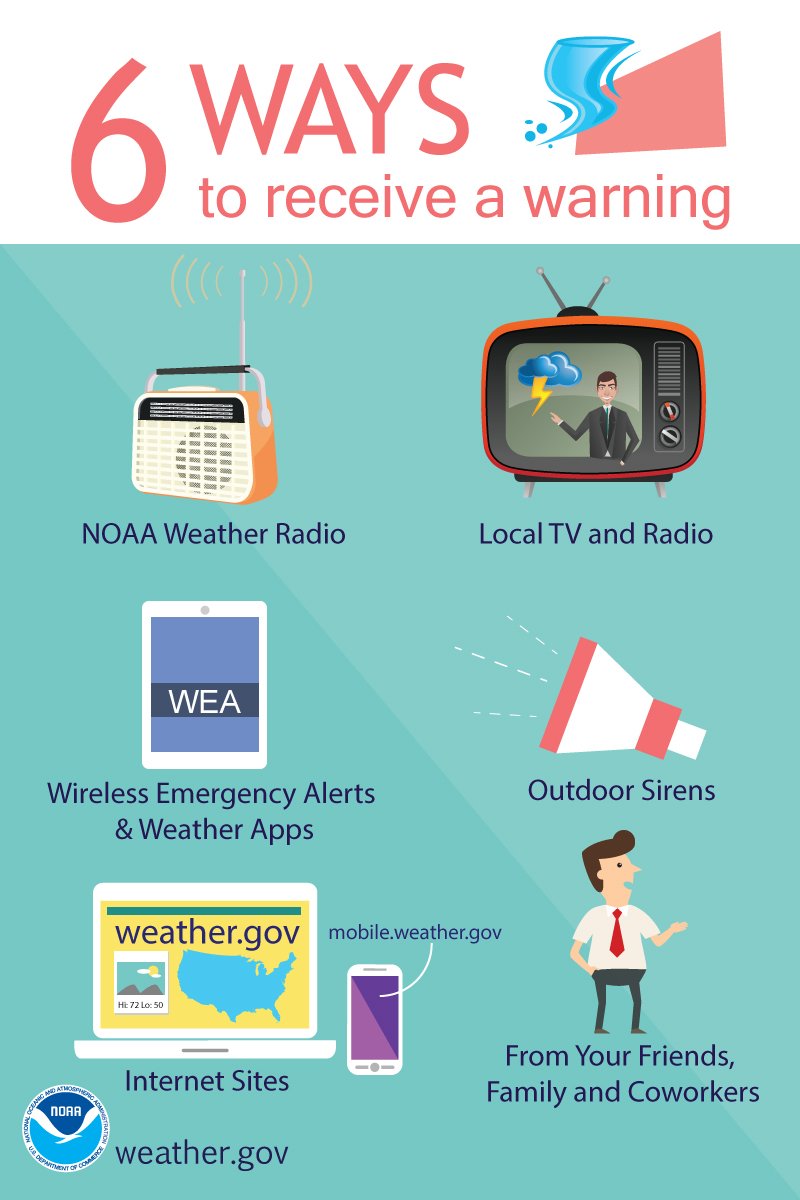Day 5: Flood Safety Measures For Severe Weather Awareness Week

Table of Contents
Understanding Flood Risks and Your Location
Knowing your risk is the first step in effective flood preparedness. This involves understanding your location's vulnerability to flooding and developing a plan to mitigate potential damage.
Assessing Your Risk:
Determining your flood risk involves more than just hoping for the best. It requires proactive research and understanding of your surroundings.
- Check FEMA flood maps for your property: The Federal Emergency Management Agency (FEMA) provides detailed flood maps that show areas at high risk of flooding. These maps are crucial for understanding your personal vulnerability. Use the FEMA website to locate your property and determine its flood risk zone.
- Research historical flood events in your area: Understanding past flooding events in your community provides valuable insight into potential future occurrences. Local libraries, historical societies, and news archives can offer relevant data.
- Consider elevation and proximity to drainage systems: Properties located in low-lying areas or near rivers, streams, and coastlines are at a higher risk of flooding. Understanding your property's elevation relative to nearby water sources is critical.
Creating a Family Emergency Plan:
A well-defined family emergency plan is critical for flood preparedness. This plan should cover communication, evacuation routes, and meeting locations.
- Establish primary and secondary evacuation routes: Plan multiple routes to escape your home in case one becomes impassable due to flooding. Familiarize yourself with these routes in advance.
- Designate a family meeting point outside the flood zone: Choose a location outside the flood-prone area where your family can gather in case of separation during evacuation.
- Identify out-of-area emergency contacts: Have a contact person outside your immediate area that family members can reach in case of a communication breakdown within the affected region.
- Pack an emergency kit (see below): Preparing an emergency kit well in advance will streamline your evacuation and reduce stress during a crisis.
Preparing Your Home for a Flood
Proactive steps to protect your home can lessen the impact of a flood. These measures can significantly reduce damage and expedite recovery efforts.
Floodproofing Your Home:
Flood prevention measures can drastically reduce the damage caused by floodwaters. While some methods require professional help, many are simple DIY projects.
- Elevate electrical outlets and appliances: Moving these items higher off the ground prevents them from being damaged by rising floodwaters.
- Install flood barriers at entrances: These barriers, available at many hardware stores, can help keep floodwaters out of your home.
- Consider installing sump pumps with backup power: A sump pump removes water from your basement, but a backup power source ensures it continues to function during a power outage.
- Reinforce basement walls and waterproof them: These preventative measures make your basement more resilient to flood damage.
Creating a Flood Emergency Kit:
A comprehensive flood emergency kit contains essential supplies to help you and your family survive the immediate aftermath of a flood.
- Store at least one gallon of water per person per day for several days: Water is crucial for survival; plan for several days of water consumption per person.
- Include high-energy, non-perishable food items: Choose foods that are easy to store, require no cooking, and provide sustained energy.
- Pack a well-stocked first-aid kit: Include bandages, antiseptic wipes, pain relievers, and any necessary prescription medications.
- Secure important documents in waterproof containers: Keep essential documents, like insurance papers and identification, safe and dry.
- Include flashlights, radios, and extra batteries: These items are vital for communication and safety in the dark.
Responding to a Flood Warning
Prompt response to flood warnings is crucial. Never underestimate the power and danger of floodwaters.
Heeding Warnings and Evacuation Orders:
Your life depends on heeding official warnings and instructions.
- Monitor weather reports closely: Stay informed about weather forecasts and warnings from reliable sources.
- Heed all official warnings and evacuation orders: Evacuate immediately when instructed by local authorities.
- Evacuate immediately when instructed: Do not delay; floodwaters can rise quickly and become life-threatening.
- Avoid floodwaters; they can be deeper and faster than they appear: Floodwaters often hide debris and hazards that can cause serious injury or death.
Safe Evacuation Procedures:
Evacuating safely requires planning and preparedness.
- Use pre-determined evacuation routes: Follow your planned evacuation routes to avoid confusion and delays.
- Take your emergency kit with you: Your emergency kit provides essential supplies during and after the evacuation.
- Drive carefully and avoid flooded roads: Flooded roads are extremely dangerous and should be avoided at all costs.
- Seek shelter in a designated evacuation center: Follow instructions from emergency personnel regarding shelter locations.
Post-Flood Safety Measures
Returning home and recovery require careful planning. Safety should remain a top priority.
Returning Home Safely:
Returning to your home after a flood necessitates caution and preparedness.
- Wait for official clearance to return: Only return home after authorities have declared the area safe.
- Check for gas leaks, electrical hazards, and structural damage: Inspect your home carefully before entering; look for damage and potential hazards.
- Avoid contact with floodwater: Floodwater can be contaminated with sewage and dangerous chemicals.
- Use caution when using appliances: Appliances that were exposed to floodwater may be damaged and pose an electrical hazard.
Cleaning and Recovering:
The cleanup and recovery process requires careful attention to detail and documentation.
- Discard contaminated food and water: Any food or water that has come into contact with floodwater must be disposed of.
- Disinfect all surfaces thoroughly: Use appropriate disinfectants to sanitize your home and prevent the spread of disease.
- Contact your insurance company to report damages: Begin the insurance claims process as soon as possible.
- Keep records of all repairs and expenses: Maintain detailed records of all repairs and expenses for insurance purposes.
Conclusion:
Being prepared for floods is crucial for protecting your life and property. By understanding your flood risk, implementing flood safety measures, and responding appropriately to flood warnings, you can significantly reduce the impact of a flood. Remember to check flood maps, create an emergency plan, prepare your home, and always follow official evacuation orders. Take proactive steps now to improve your flood safety and ensure the well-being of your family. Learn more about flood safety and other severe weather preparedness measures this Severe Weather Awareness Week.

Featured Posts
-
 Jenson Button No Uk Return After 250k London Robbery
May 26, 2025
Jenson Button No Uk Return After 250k London Robbery
May 26, 2025 -
 The Hunger Games On Live Journal A Look Back At Ohnotheydidnt Posts
May 26, 2025
The Hunger Games On Live Journal A Look Back At Ohnotheydidnt Posts
May 26, 2025 -
 The Critical Week How Events Derailed Joe Bidens Post Presidency Ambitions
May 26, 2025
The Critical Week How Events Derailed Joe Bidens Post Presidency Ambitions
May 26, 2025 -
 New Season New Style F1 Drivers Set The Fashion Pace
May 26, 2025
New Season New Style F1 Drivers Set The Fashion Pace
May 26, 2025 -
 Trumps Trade Threats Send Gold Prices Climbing
May 26, 2025
Trumps Trade Threats Send Gold Prices Climbing
May 26, 2025
